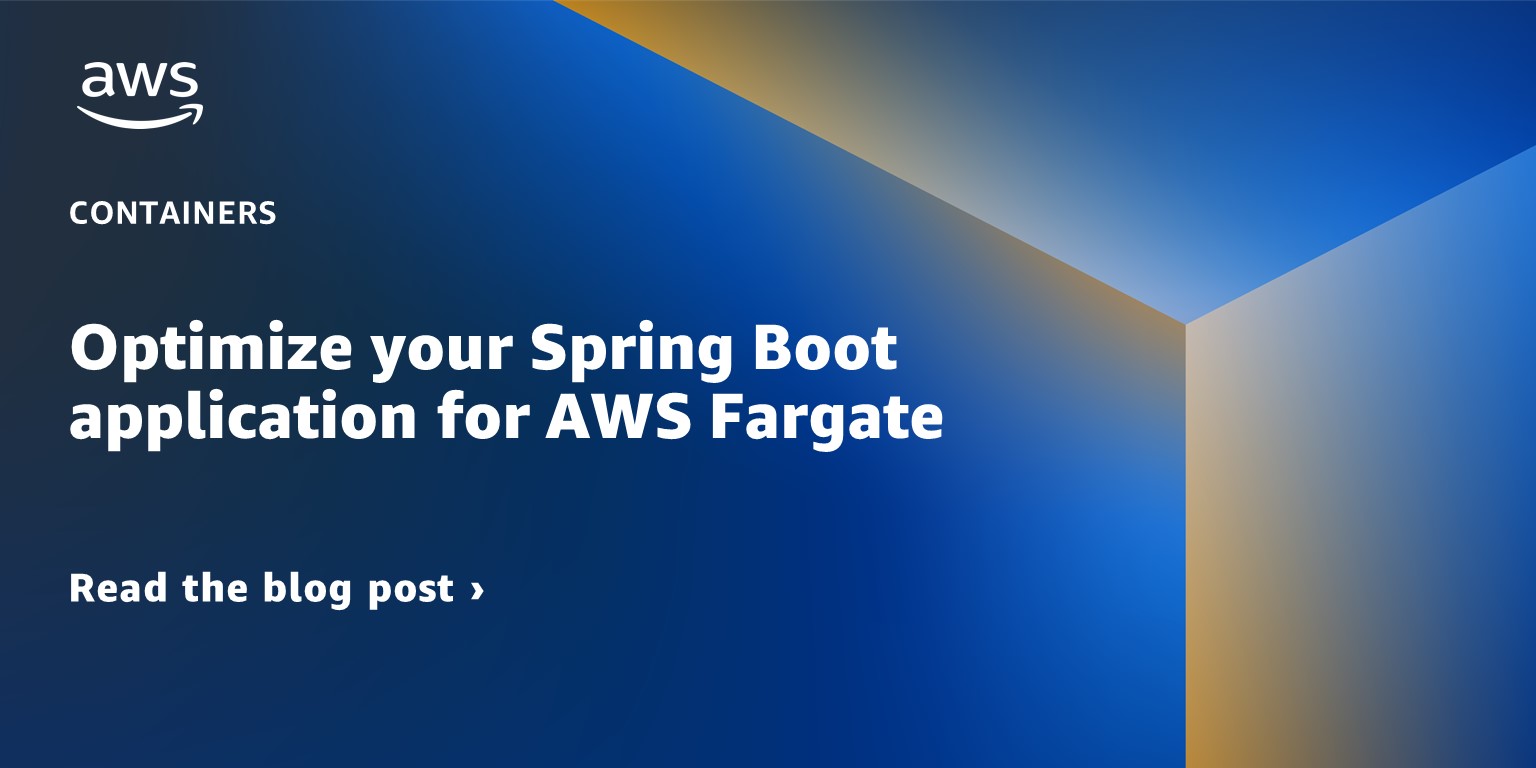Containers
Category: Database
How Snap Inc. secures its services with Amazon EKS
Introduction Snapchat is an app that hundreds of millions of people around the world use to communicate with their close friends. The app is powered by microservice architectures deployed in Amazon Elastic Kubernetes Service (Amazon EKS) and datastores such as Amazon CloudFront, Amazon Simple Storage Service (Amazon S3), Amazon DynamoDB, and Amazon ElastiCache. This post […]
Hosting Amazon Managed Workflows for Apache Airflow (MWAA) Local-runner on Amazon ECS Fargate for development and testing
Introduction Data scientists and engineers have made Apache Airflow a leading open-source tool to create data pipelines due to its active open-source community, familiar Python development as Directed Acyclic Graph (DAG) workflows, and an extensive library of pre-built integrations. Amazon Managed Workflows for Apache Airflow (MWAA) is a managed service for Apache Airflow that makes […]
How Quora modernized MLOps on Amazon EKS to improve customer experience with scalable ML applications
This blog post was co-written by Lida Li of Quora Introduction Quora is a leading Q&A platform with a mission to share and grow the world’s knowledge, serving hundreds of millions of users worldwide every month. Quora uses machine learning (ML) to generate a custom feed of questions, answers, and content recommendations based on each […]
How to deploy your Quarkus application to Amazon EKS
This blog post is a continuation of an existing series of articles covering different use cases for Quarkus (Optimize your Java application for AWS Lambda with Quarkus and Optimize your Java application for Amazon ECS with Quarkus). In this blog post, I want to show how the Quarkus stack and additional extensions can be used […]
How to rapidly scale your application with ALB on EKS (without losing traffic)
To meet user demand, dynamic HTTP-based applications require constant scaling of Kubernetes pods. For applications exposed through Kubernetes ingress objects, the AWS Application Load Balancer (ALB) distributes incoming traffic automatically across the newly scaled replicas. When Kubernetes applications scale down due to a decline in demand, certain situations will result in brief interruptions for end […]
Microservices development using AWS controllers for Kubernetes (ACK) and Amazon EKS blueprints
Introduction Microservices architectures make applications easier to scale and faster to develop, which enables innovation and accelerating time-to-market for new features. For business applications with multiple clients (web, mobile, desktop, and smart devices), the application programming interface (API) Gateway microservices design pattern is helpful for adding centralized control and security. Containers and serverless are two […]
Run event-driven workflows with Amazon EKS and AWS Step Functions
Introduction Event-driven computing is a common pattern in modern application development with microservices, which is a great fit for building resilient and scalable software in AWS. Event-driven computing needs to be push-based with event-driven applications that are run on-demand when an event triggers the functional workflow. Tools that help you minimize resource usage and reduce […]
Running Workload on Amazon EKS in Local Zones with a failover strategy
Introduction Update 08/05/22: We updated the title and conclusion to improve the accuracy of wording. AWS Local Zones are a type of infrastructure deployment that places compute, storage, and other select AWS services close to large population and industry centers. Customers can build and deploy applications close to end users to enable real-time gaming, live […]
Optimize your Spring Boot application for AWS Fargate
Update: Spring Boot has been updated to version 3, which also means that Amazon Corretto 17 is used as JDK for all versions. Fast startup times are key to quickly react to disruptions and demand peaks, and they can increase the resource efficiency. With AWS Fargate, you don’t need to take care of the underlying […]
Architecting for resiliency on AWS App Runner
AWS App Runner is one of the simplest ways to run your containerized web applications and APIs on AWS. App Runner abstracts away the cloud resources needed for running your web application or API, including load balancers, TLS certificates, auto-scaling, logs, metrics, tracing (such as observability), as well as the underlying compute resources. With App Runner, […]









